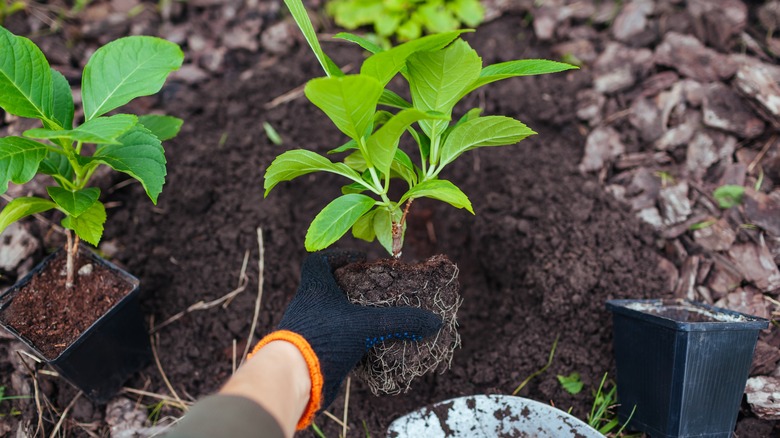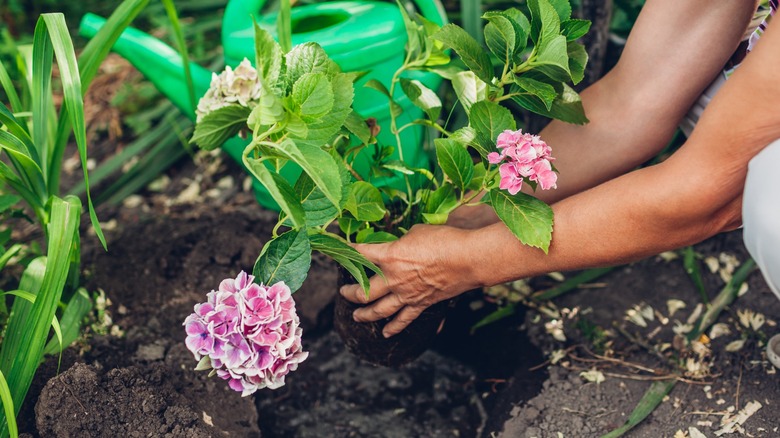How can anyone not love hydrangeas? It’s impossible, right? So when you move them from one place to another or transplant them from one container to another, it’s going to be extremely critical to take extra care and precautions when doing so. Otherwise, they can easily experience hydrangea transplant shock and die. This can happen as a common side effect of moving and transplanting them, as they have a particularly fragile root system. If your hydrangea starts wilting, dropping leaves, and/or stops blooming, these are the signs of transplant shock.
Timing is of key importance when transporting and planting your hydrangeas. Doing so at the wrong time can also result in shock symptoms and death. Caring for hydrangeas isn’t too difficult but it can be tricky if you start them indoors and plan to move them outside, or even if you just need to move them to a spot better suited to their needs in the garden. Even simply transplanting them to a larger container can stress them out.
How to avoid hydrangea transplant shock

The first thing is, don’t start the project until you’re able to complete it quickly from start to finish. You want the roots to be exposed as little as possible. If your plants are outdoors, be sure you dig carefully, giving ample room for including the entire root ball. When you pick up the root ball, try not to tear any roots. Do not shake the soil from the roots, do not put the roots in water. To give the plant its best chance, place the root ball and plant into its new spot right away, and with extreme care. Don’t pack soil around it too tight, as you don’t want to damage the roots.
The other important thing is to give the plant full shade for at least the first three or four weeks afterward. This step is very effective in helping to reduce the possibility of severe shock. The sun has a tendency to cause wilting and weakening of the plant at a vulnerable stage. You can simply put an umbrella over it or a shelter of some kind. Don’t remove the shade until you start to see new leaves growing again. If your hydrangeas react in a negative manner when you remove the shade, put it back during the hottest part of the day. Water twice, an hour apart, immediately after transplanting. Make sure you keep it watered whenever the first half-inch of soil is dry. Do not prune them afterward.
When to transplant hydrangeas

When it comes to transplanting your hydrangeas, timing is everything. First of all, it should always be done during the time of the year that they’re dormant. If you live in a warmer climate and the ground isn’t frozen, you can transplant over winter. For a cooler climate, the fall is the best time of year. You should wait until all the flowers and leaves have died before attempting to replant.
You can also do it in the spring before the first growth spurt if you prefer. It depends on what USDA zone you live in as far as whether to do it in early or late spring. Try to avoid transplanting during the summer or season of growth. When the summer heat is in full swing, be sure to keep your hydrangeas well hydrated, which may mean watering up to three times a week. Once they begin to flower again, your hydrangeas are out of danger of transplant shock. As long as you follow these helpful suggestions, you should be able to avoid it.




